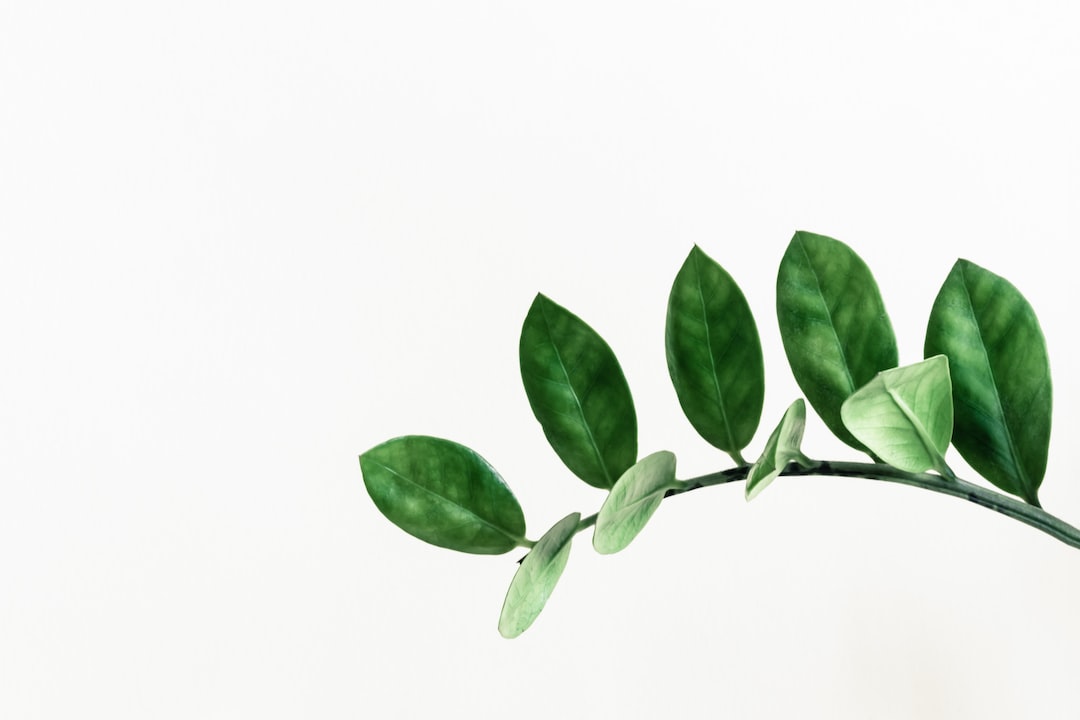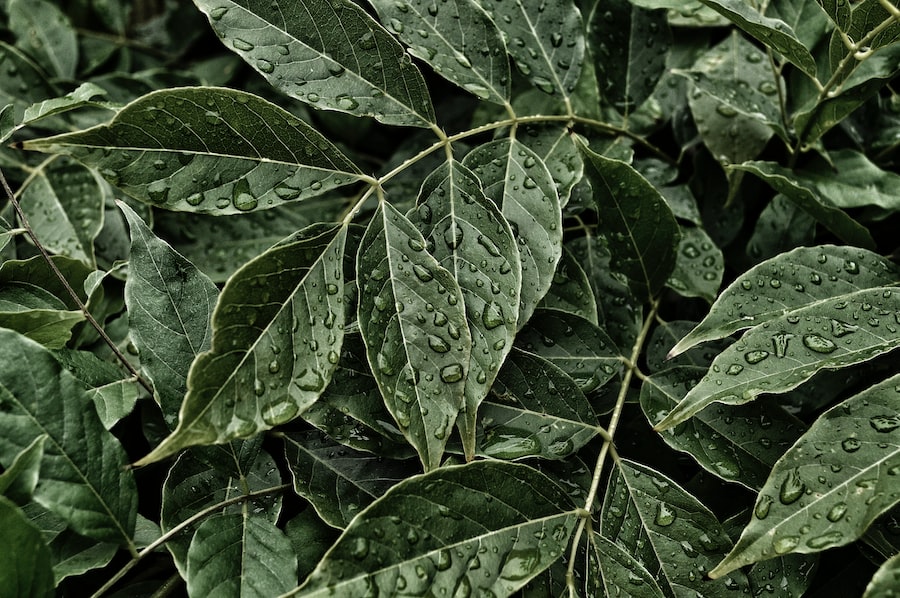Uncovering the Rarity of Four Leaf Clovers: How Common are they Really?

Four leaf clovers have long been associated with luck and good fortune. These rare and elusive plants have captured the imagination of people around the world for centuries. The sight of a four leaf clover nestled among a sea of three leaf clovers is considered a special and fortunate find. But what makes these clovers so rare, and is there any truth to the belief that finding one brings good luck?
Key Takeaways
- Four leaf clovers are rare and have been considered lucky for centuries.
- The rarity of four leaf clovers is due to a genetic mutation that occurs in only about 1 in 10,000 clovers.
- Four leaf clovers have cultural significance and have been used in folklore for centuries.
- While there is no scientific evidence to support the idea that four leaf clovers bring luck, many people still believe in their power.
- Techniques for finding four leaf clovers include searching in areas with high clover density and looking for clovers with unique characteristics.
The Science Behind Four Leaf Clovers: What Makes Them Rare?
The occurrence of four leaf clovers is due to a genetic mutation. Most clovers have three leaves, but occasionally, a plant will develop a fourth leaflet. This mutation is caused by a recessive gene, which means that both parents must carry the gene in order for it to be expressed in their offspring. This rarity explains why finding a four leaf clover in a field of three leaf clovers can be so challenging.
The chances of finding a four leaf clover are estimated to be about 1 in 10,000. This rarity is further compounded by the fact that four leaf clovers tend to blend in with their three leaf counterparts, making them difficult to spot. It takes patience and a keen eye to spot these elusive plants in the wild.
The History of Four Leaf Clovers: Cultural Significance and Folklore
Four leaf clovers have held cultural significance in various parts of the world throughout history. In Irish folklore, the four leaves of the clover represent faith, hope, love, and luck. It is believed that carrying or wearing a four leaf clover can protect against evil spirits and bring good fortune.
In other cultures, four leaf clovers are associated with different meanings. In some Native American tribes, they are seen as symbols of abundance and prosperity. In ancient Rome, they were considered sacred and were often used in rituals and ceremonies.
The association of four leaf clovers with luck and good fortune can be traced back to ancient times. It is believed that the rarity of finding a four leaf clover led people to believe that it possessed magical properties. This belief has been passed down through generations, and many people still consider finding a four leaf clover to be a lucky omen.
The Myth of the Lucky Four Leaf Clover: Is There Any Truth to It?
| Number of leaves on a clover | Probability of finding a four-leaf clover | Superstitions associated with four-leaf clovers |
|---|---|---|
| 3 | 1 in 10,000 | Good luck |
| 4 | 1 in 5,000 | Good luck, love, prosperity, protection from evil |
| 5 | 1 in 20,000 | Bad luck |
The belief that finding a four leaf clover brings good luck is deeply ingrained in many cultures. However, from a scientific standpoint, there is no evidence to support this belief. The idea of luck is subjective and can vary from person to person.
While finding a four leaf clover may not actually bring good luck, the act of searching for one can be a rewarding and enjoyable experience. It allows us to connect with nature and appreciate the beauty of these rare plants.
The Search for Four Leaf Clovers: Techniques and Tips
If you’re interested in finding a four leaf clover, there are a few techniques you can try. One method is to look in areas with high clover density, such as meadows or fields. Clovers tend to grow in clusters, so your chances of finding a four leaf clover may be higher in these areas.
Another technique is to look for clovers with unusual growth patterns. Four leaf clovers often have leaves that are slightly different in size or shape compared to their three leaf counterparts. By paying attention to these subtle differences, you may be able to spot a four leaf clover more easily.
Once you’ve found a four leaf clover, you may want to preserve it as a keepsake. One method is to press the clover between the pages of a heavy book for several weeks until it is completely dry. You can then display it in a frame or use it in crafts or jewelry.
Four Leaf Clovers vs. Three Leaf Clovers: The Differences and Similarities

Physically, four leaf clovers and three leaf clovers are quite similar. They both belong to the same plant species, Trifolium repens, and have similar leaf structures. The main difference is that four leaf clovers have an extra leaflet, which gives them their distinctive shape.
Culturally and symbolically, however, four leaf clovers and three leaf clovers have different meanings. Four leaf clovers are often associated with luck and good fortune, while three leaf clovers are seen as more common and ordinary. The rarity of finding a four leaf clover adds to its allure and makes it a special symbol.
Four Leaf Clover Hunting Around the World: Where to Find Them
Four leaf clovers can be found in various regions around the world. In Ireland, they are particularly abundant due to the country’s lush green landscapes. The Irish have a long-standing tradition of searching for four leaf clovers, and they are often associated with Irish culture and folklore.
Other regions where four leaf clovers can be found include parts of Europe, North America, and Asia. These plants thrive in temperate climates and can often be found in meadows, fields, and gardens.
The Rarity of Four Leaf Clovers: Statistics and Probability
The chances of finding a four leaf clover are estimated to be about 1 in 10,000. This means that for every 10,000 clovers you come across, only one is likely to have four leaves. These odds may seem daunting, but with patience and persistence, it is possible to find a four leaf clover.
Environmental factors can also impact the rarity of four leaf clovers. Droughts or extreme weather conditions can affect the growth and development of clover plants, making it even more challenging to find a four leaf clover.
The Future of Four Leaf Clovers: Preservation and Conservation Efforts
As with many plant species, the future of four leaf clovers is uncertain. Habitat loss, climate change, and pollution are all threats to their survival. Efforts are being made to preserve and protect these plants and their habitats.
Conservation organizations are working to raise awareness about the importance of preserving biodiversity and protecting rare plant species like four leaf clovers. By educating the public and promoting sustainable practices, we can help ensure that future generations will be able to enjoy the beauty and magic of these rare plants.
Appreciating the Magic of Four Leaf Clovers
Four leaf clovers have captivated people’s imaginations for centuries. Whether or not you believe in their luck-bringing abilities, there is no denying the beauty and rarity of these plants. The search for a four leaf clover can be a rewarding and enjoyable experience, allowing us to connect with nature and appreciate the wonders of the natural world.
So next time you come across a field of clovers, take a moment to stop and look closely. You never know, you might just spot a four leaf clover and experience the thrill of finding something truly special. And even if you don’t find one, remember that the real magic lies in appreciating the beauty and wonder of the world around us.
If you’re curious about the rarity of finding a four-leaf clover, you might find this article from Lawn World quite interesting. They explore the question of how common four-leaf clovers really are and provide some fascinating insights. From discussing the probability of finding one to debunking common myths, this article sheds light on the elusive nature of these lucky charms. Check it out here for a deeper understanding of the subject. And if you want to explore more articles related to lawns and gardening, you can find their sitemap here.



